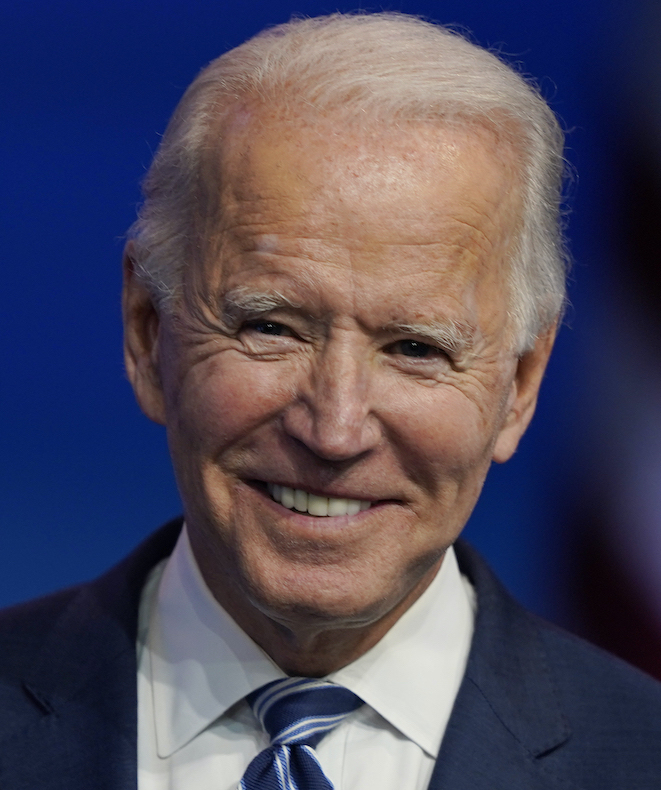Increase COVID-19 testing
Joe Biden
"Double the number of drive-through testing sites, invest in next-generation testing, including at home tests and instant tests, so we can scale up our testing capacity by orders of magnitude."
Biden Promise Tracker

Promise Kept